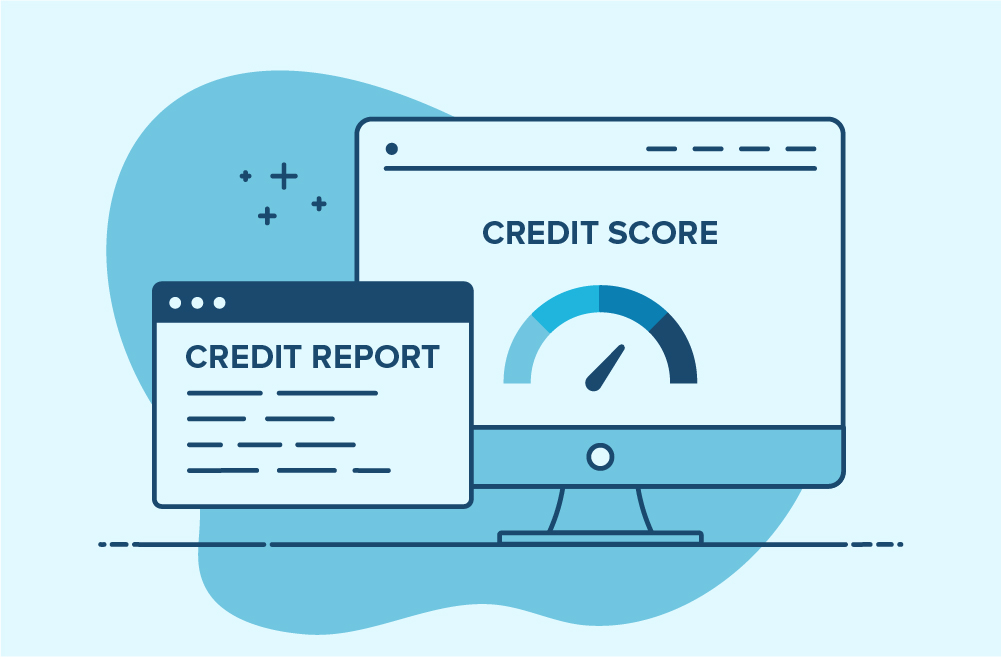Credit card fraud isn’t just an inconvenience; it’s a serious problem that affects everyone involved in the payment ecosystem. As fraudsters continually evolve their tactics, customers, vendors, financial institutions, and everyone in between must stay vigilant and adapt to new threats. Let’s dive into the real costs of credit card fraud and explore how it impacts various stakeholders.
The Impact on Individuals
Veteran Debt Relief
Credit card fraud can hit individuals hard, especially those already dealing with financial challenges. For veterans, fraud can be particularly damaging. Veteran debt relief programs can help those affected by providing financial counseling and assistance. However, the emotional and financial toll of dealing with fraud can still be significant.
Financial Losses
The most immediate cost of credit card fraud for individuals is financial loss. Even though banks often reimburse fraudulent charges, the process can take time. Meanwhile, victims might face temporary financial difficulties, especially if they rely on their credit cards for daily expenses.
Emotional Distress
Beyond the financial impact, credit card fraud can cause significant emotional distress. The sense of violation, the stress of resolving the issue, and the fear of future fraud can all take a toll on a person’s well-being. This emotional cost is often underappreciated but very real.
The Effect on Businesses
Lost Revenue
For businesses, credit card fraud can result in lost revenue. When fraud occurs, merchants may lose the sale amount, have to pay chargeback fees, and possibly face penalties from their payment processors. These costs can add up, especially for small businesses operating on thin margins.
Damage to Reputation
A single incident of fraud can damage a business’s reputation. Customers who fall victim to fraud may lose trust in the merchant, leading to a decline in sales and customer loyalty. Building back this trust can be challenging and requires significant effort and resources.
Increased Security Costs
To combat fraud, businesses must invest in advanced security measures. This includes updating payment systems, implementing fraud detection software, and training staff on security protocols. While these measures are necessary, they represent an ongoing cost that businesses must bear.
The Burden on Financial Institutions
Reimbursement and Investigation Costs
Banks and credit card companies often cover the costs of fraudulent transactions. However, the process of investigating fraud, reimbursing customers, and managing the associated administrative work is expensive. These costs can run into billions of dollars annually.
Regulatory Pressure
Financial institutions are under constant regulatory pressure to improve their security measures and protect customers. Compliance with these regulations requires significant investment in technology and personnel, adding to the overall cost of managing fraud.
Loss of Customer Trust
Just like businesses, banks and financial institutions can suffer from a loss of customer trust when fraud occurs. Customers expect their financial institutions to protect them, and repeated fraud incidents can lead to customers switching banks or using fewer credit services.
The Role of Technology in Combating Fraud
Advanced Fraud Detection
Technology plays a crucial role in detecting and preventing credit card fraud. Machine learning algorithms and artificial intelligence can analyze transaction patterns in real time, identifying suspicious activity and preventing fraud before it happens. These systems are constantly evolving to keep up with new fraud tactics.
Secure Payment Methods
The development of secure payment methods, such as EMV chips, tokenization, and mobile payments, has made it more difficult for fraudsters to steal and use credit card information. However, as technology advances, so do the methods used by fraudsters, making ongoing innovation essential.
Collaboration and Information Sharing
Collaboration between financial institutions, businesses, and technology providers is key to combating credit card fraud. Sharing information about new fraud trends and effective countermeasures helps all stakeholders stay ahead of fraudsters. Industry-wide cooperation can significantly reduce the overall impact of fraud.
Strategies for Minimizing the Impact of Fraud
Education and Awareness
Educating consumers about how to protect their credit card information is crucial. Simple steps, such as using strong passwords, monitoring account activity, and being cautious with personal information, can prevent many fraud incidents. Financial institutions and businesses should invest in customer education initiatives.
Strong Authentication Methods
Implementing strong authentication methods, such as two-factor authentication and biometric verification, can add an extra layer of security. These methods make it more difficult for fraudsters to access accounts and carry out transactions.
Regular Security Audits
Regular security audits help businesses and financial institutions identify vulnerabilities in their systems. By proactively addressing these weaknesses, they can prevent fraud before it occurs and reduce the overall risk.
Conclusion
The real costs of credit card fraud extend far beyond the immediate financial losses. The impact on individuals, businesses, and financial institutions is significant, affecting everything from emotional well-being to customer trust and operational costs. By understanding these costs and adopting comprehensive strategies to combat fraud, all stakeholders in the payment ecosystem can better protect themselves and each other from the ever-evolving threat of credit card fraud.










